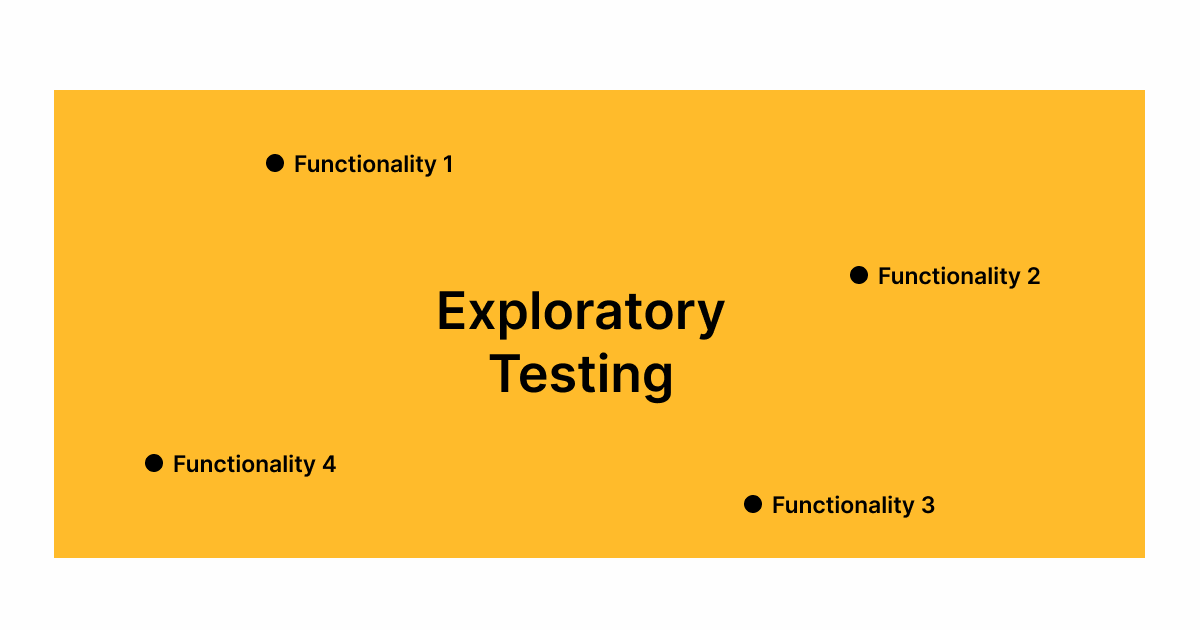Integration testing is really a critical phase within the software development lifecycle, particularly in complex systems like man-made intelligence (AI). As AI systems frequently comprise various interconnected components and subsystems, ensuring these components work together seamlessly is essential for reaching the desired overall performance and functionality. This particular article delves to the intricacies of incorporation testing in AJE systems, emphasizing how you can test interactions in between different parts regarding an AI program to verify of which they work together as intended.
Comprehending AI System Elements
AI systems usually are typically composed associated with several key components, each playing a new crucial role inside the overall functionality:
Data Ingestion plus Preprocessing: This requires collecting raw data and preparing this for model coaching, including tasks like cleaning, normalization, plus feature extraction.
Equipment Learning Models: These models, like nerve organs networks, decision trees, or support vector machines, are qualified to make predictions or classifications based on the processed data.
Type Training and Affirmation: This phase entails fitting the unit to the teaching data and validating its performance making use of separate validation datasets.
Inference Engine: The particular inference engine utilizes the trained design to create predictions on new, unseen info.
Ui (UI): The particular UI allows customers to interact along with the AI system, providing input and receiving output within a user-friendly manner.
The usage APIs and Middleware: These components assist in communication between various areas of the system, this kind of as integrating the AI model together with the UI or data sources.
The significance of Integration Testing
The use testing ensures of which individual components of an AI technique work together while intended. This assessment is essential intended for several reasons:
Discovering Interface Issues: The use testing helps recognize problems linked to information flow and conversation between components.
Confirming End-to-End Functionality: That ensures that the device, as a whole, meets the practical requirements and works as expected within real-world scenarios.
Increasing Reliability: By screening interactions, integration tests can help uncover and address concerns that can result in method failures or degraded performance.
Methods for Integration Testing in AI Systems
Define Very clear Integration Details
Start by identifying the mixing points between different components of the AI system. These points might incorporate:
Data transfer between the ingestion and preprocessing modules plus the type training component.
Communication between the inference engine and typically the user interface.
Interaction between the model in addition to external APIs or even databases.
Clearly identifying these integration items helps in developing targeted test instances and scenarios.
Create Comprehensive Test Circumstances
For each the usage point, develop analyze cases that include the following scenarios:
Data Flow Checks: Verify that information is correctly handed between components with out loss or corruption.
Functional Tests: Make sure that the combined efficiency of the elements meets the system’s requirements.
Boundary Testing: Check how the particular system handles edge cases and extreme conditions, for instance extremely large datasets or unexpected inputs.
Performance Tests: Evaluate typically the system’s performance, including the rates of response and source usage, under practical conditions.
Implement Mocking and Stubbing
Any time certain components usually are still in enhancement or unavailable, employ mocking and stubbing techniques to replicate their behavior. This approach allows testing typically the interactions between obtainable components without ready for your complete method being finished.
Systemize Integration Testing
Automating integration tests can easily improve efficiency in addition to consistency. Use resources and frameworks of which support automated assessment for AI systems, for instance:
Testing Frames: Tools like pytest or JUnit may be extended to be able to handle AI-specific tests scenarios.
Continuous The use (CI) Systems: CI platforms, such since Jenkins or GitHub Actions, can systemize the execution involving integration tests because part of typically the development pipeline.
Bonuses -to-End Testing
Conduct end-to-end tests of which simulate real-world cases, making certain the complete system, including almost all its components, performs together needlessly to say. This kind of testing should include:
User Acceptance Testing (UAT): Validate how the system meets user anticipations and requirements.
Real-World Data Testing: Check with data that closely resembles just what the system will certainly encounter in creation to assess just how well the components integrate and perform.
Monitor and Examine Results
After doing integration tests, carefully analyze the final results in order to identify issues. Search for:
Integration Failures: Concerns where components fail to communicate or pass data correctly.
Overall performance Bottlenecks: Areas in which the system’s efficiency degrades due in order to component interactions.
Mistake Logs: Review problem logs and technique messages to diagnose and address problems.
Challenges in The usage Testing for AI Systems
Integration tests in AI devices can present distinctive challenges:
Complex Relationships: AI systems frequently involve complex relationships between components, which makes it challenging to anticipate and test most possible scenarios.
Evolving Models: AI models may evolve as time passes, requiring ongoing adjustments to integration tests to accommodate alterations.
Data Dependency: The particular performance of AJE models is seriously determined by data quality and quantity, which can affect incorporation testing outcomes.
Best Practices for Efficient Integration Testing
Early on Integration Testing: Commence integration testing early on in the growth process to determine and address problems before they may become a lot more significant problems.
Collaborative Approach: Encourage cooperation between development, testing, and operations teams to ensure thorough coverage of integration points and situations.
Incremental Testing: Put into action integration testing incrementally as components are usually developed and integrated, rather than waiting till the end regarding the development routine.
Conclusion
Integration tests is a crucial process in making sure that AI techniques function as meant by verifying the interactions between various components. By understanding clear integration points, developing comprehensive check cases, automating checks, and addressing the unique challenges of AJE systems, developers and testers can assure that their methods deliver reliable and even effective performance. While AI technology goes on to advance, taking on robust integration assessment practices will probably be important for maintaining the particular integrity and success of complex AI solutions.







Deja una respuesta